Customers are the lifeblood of your business. You need to understand their pain points, desires, wants, and needs.
Today, you can use technology and customer surveys to gather information about your customers. Then you can use this important data to understand your customers better, so you can ultimately serve them to the best of your ability (while improving revenue, customer service, and your return on investment). This process is called customer segmentation, and it’s how you can understand every part of your customer base.
We’re going over nine customer segmentation models and how to use them to improve your marketing.
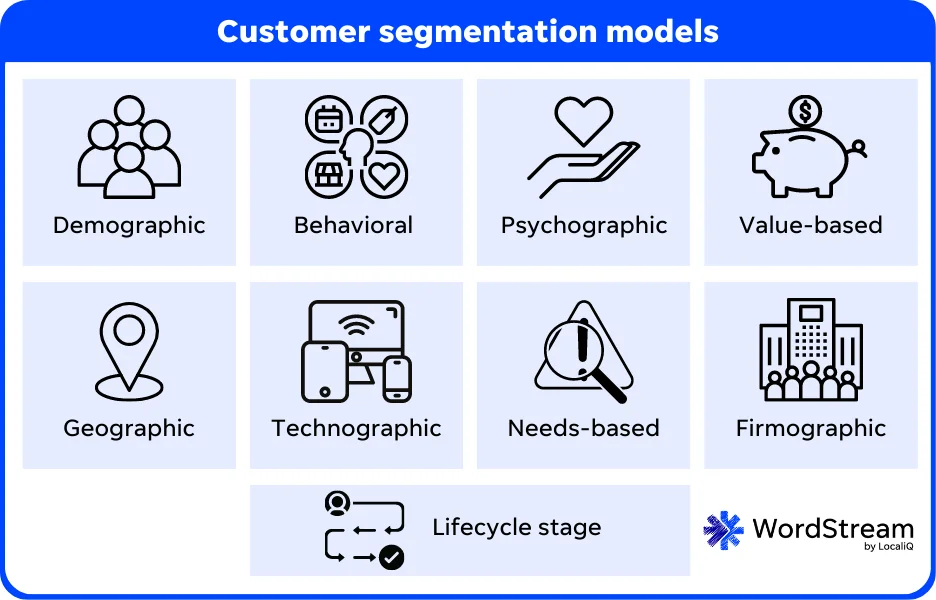
What is customer segmentation?
Customer segmentation is the process of grouping customers by similar characteristics. Think of it like planning a wedding reception: you group together tables of your friends, tables of friends, and a separate table for food.
Different customer segmentation models separate customers by geographic location, behavior, demographics (age and gender), and values. You can separate your customers by whatever criteria you want.
How customer segmentation models can help your business
Customer segmentation models give you insight into your customers. By understanding the age, gender, location, values, and behavior of your customers, you will be able to tailor your offerings to their needs.
Improved customer service
With customer segmentation, you can give your customers better service. When a customer reaches out to your support team, your customer support agents will have information gathered from customer segmentation models. They’ll be able to provide smoother, faster customer service.
That’s good news for your business: 90% of customers will spend more with businesses that personalize their customer service.
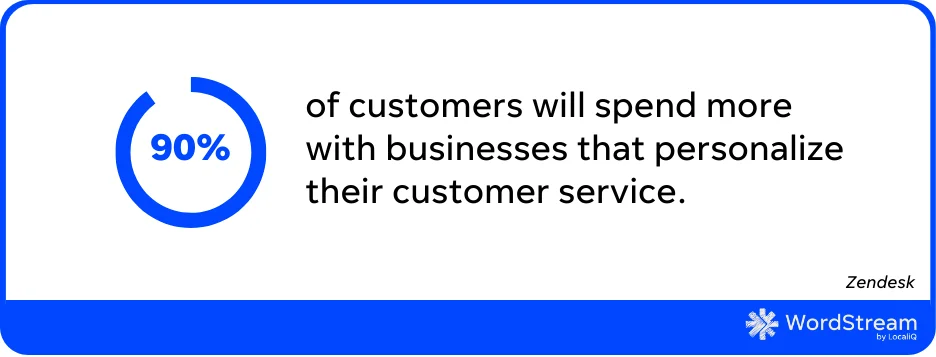
Improved advertising campaigns
A farmer in small-town Indiana won’t share the same needs as a first-time homeowner. Yet both customers can buy the products they need from John Deere. If John Deere started advertising combines to homeowners, it would be a waste of the company’s time (and advertising budget!).
By using customer segmentation models, John Deere can split its customer base into segments so the company can pinpoint and target different people’s needs. John Deere, and any other company, can send relevant ads and communications to the perfect customer. This in turn marketing leads to more sales, higher conversions, and less useless spending.
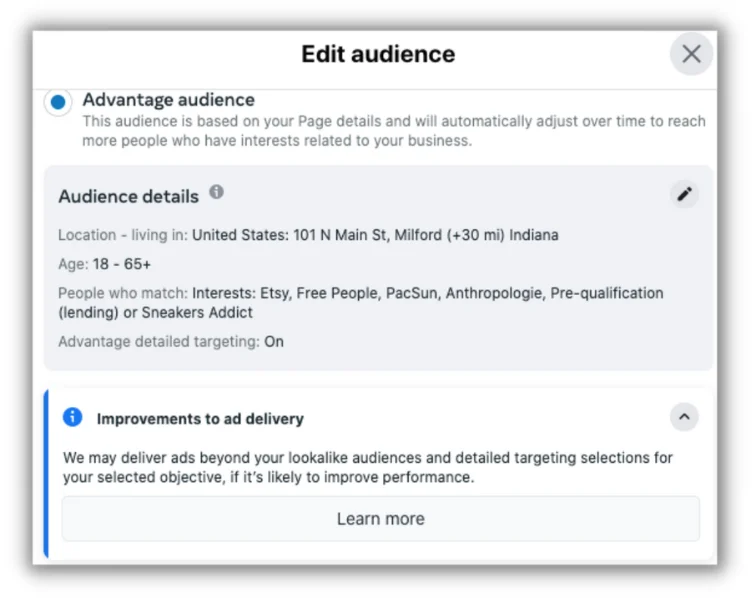
Improved communications that engage your customers
Customer segmentation models will help you understand more about what your customers need and want. The communications they receive from you will be relevant to their lives and interests, instead of something they ignore.

9 customer segmentation models for your business
Use these nine customer segmentation models to connect with specific customers so you can increase your sales, spend advertising money wisely, and improve your customer service.
1. Demographic segmentation
Demographic segmentation is the one you’re probably most familiar with. This customer segmentation model separates customers by:
- Age
- Race
- Gender
- Marital status
- Income
- Education
Demographic segmentation can be used by marketing teams, customer service representatives, and researchers. There are no limits to how you can use this information!
You could:
- Use age demographics to communicate with different generations through chats, email, and phone calls.
- Use education status to identify people who would be interested in higher education.
- Use income level to target customers who are on a budget.

This school likely used demographic segmentation to target current students.
2. Behavioral segmentation
With behavioral segmentation, you can separate customers by how they use your brand. For example, you can divide them by:
- How they use your products.
- Buying patterns.
- How they shop (in person or online).
This information will be most useful with personalized ads. You can target loyal customers with similar products.
You can also use it with your customer service team. Study your customer’s behavior and look for frequently asked questions. Then create a FAQ page, help desk, or automated customer support chats that address them.

3. Psychographic segmentation
Psychographic segmentation is all about the inner feelings and attitudes your customers hold. It includes:
- Values
- Interests
- Attitudes
- Personality types
- Lifestyle
- Opinions
This type of customer segmentation model allows you to get the most personal point of view into your customer’s thoughts, beliefs, and feelings. Run customer surveys to gather some of this info.
Then, use psychographic segmentation to appeal to their perceptions.
- Showcase your environmental, LGBTQ, and diversity initiatives with passionate customers.
- Sell handmade goods to customers by using the personal stories of their makers.
- Identify customers who have similar interests (like reading) to sell related products to (like bookmarks).
- Create a customer persona (a fictional character) who represents a customer segment.

4. Value-based segmentation
Value-based segmentation is all about the level of value your customer is offering you. With this customer segmentation model, you’ll measure your customer’s return on investment (ROI). You’ll be able to identify your most loyal customers and understand where you’re losing value. You can sort customers by how many purchases they make, how much they spend, and how often they buy.
Use value-based segmentation to understand the lifetime value of your customers so you can increase the ROI.
- Identify which customers buy products with high and low prices.
- Implement a chatbot to answer customer questions.
- Send messages and special sales to unsatisfied customers.
- Create a rewards program to increase sales.
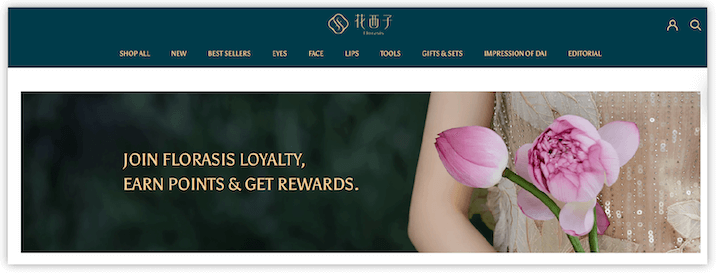
5. Geographic segmentation
Geographic segmentation is pretty obvious. This customer segmentation model groups people together by location, including country, state, city, and town.
By understanding where your customers are based, you can serve them better. You could:
- Send tailored communications celebrating local festivals and traditions.
- Use local terminology, slang, and knowledge to appeal to them.
- Identify opportunities for secondary locations.
This is also essential when targeting your ads to local customers.

6. Technographic segmentation
Teghnographic segmentation separates your costumes by their comfort level with technology.
You can gain this knowledge by:
- Sending out customer surveys.
- Looking at how people access your site.
- Discovering what brand of devices customers use (Apple, Android, etc.).
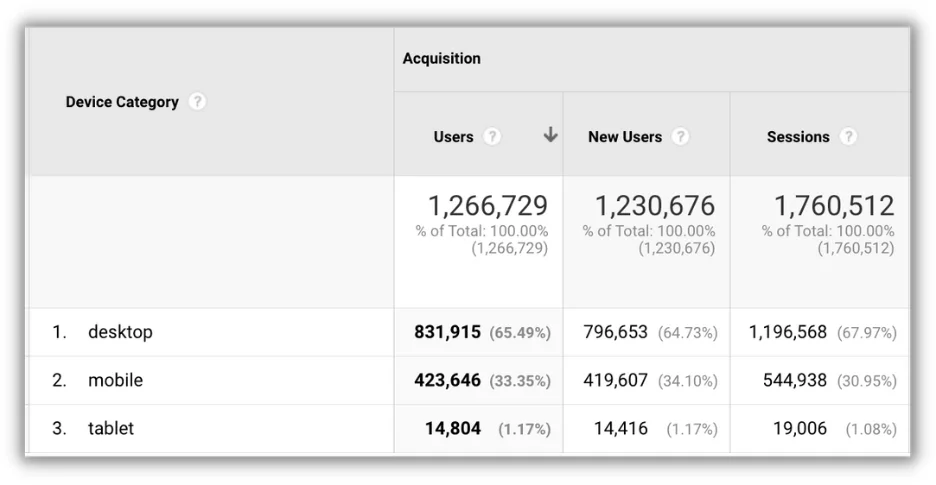
You can see what devices people use to visit your website in Google Analytics.
Then you can use this knowledge to:
- Decide if launching a mobile app is worth it.
- Understand how to improve your existing SaaS product.
- Design products for people less familiar with technology.
You can also use this information to determine if you should use a marketing strategy like geofencing or SMS marketing to target people on their mobile devices (here are some SMS marketing templates to help).
7. Needs-based segmentation
Every customer needs something different from your company. With needs-based segmentation, you can figure out what you need to improve on. Needs-based segmentation groups customers by problems and desires.
For an example of needs-based segmentation, let’s look at food delivery. If Home Chef delivered its food boxes at the wrong time, customers would be upset about spoiled goods. But by allowing customers to choose delivery days, the company can provide better customer service.
Here’s another example of needs-based segmentation: accessibility. Not all of your customers can see your brand photos, or hear your videos. By putting accessibility measures in place, you can reach every one of your customers.
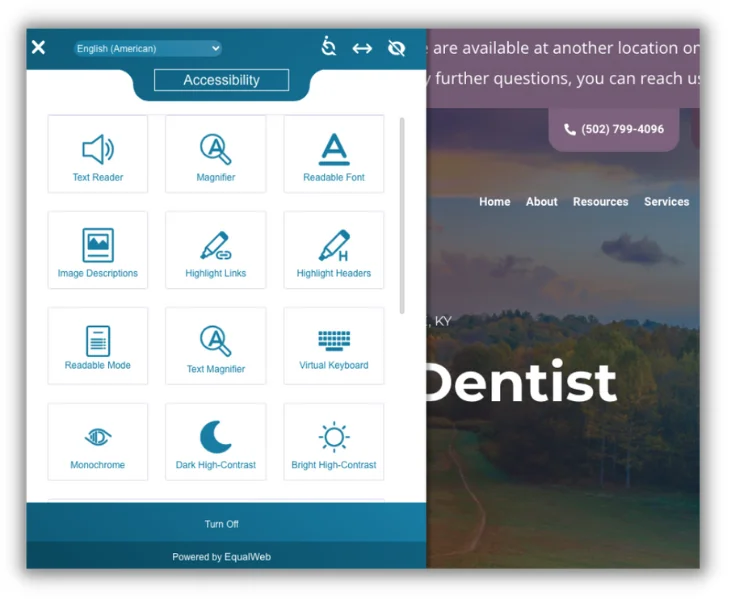
8. Firmographic segmentation
Firmographic segmentation is when you separate customers by company attributes. You can use firmographic segmentation to group customers by company size or structure, industry, revenue, and type of organization.
Find this information by looking at public data sources, company websites, annual reports, and press releases.
This type of segmentation is most helpful when your customer base is primarily companies, small businesses, and other organizations.
9. Lifecycle stage segmentation
Another type of customer segmentation model is grouping customers by where they are on the customer journey. Lifecycle stage segmentation divides customers into different stages so you know how to target them.
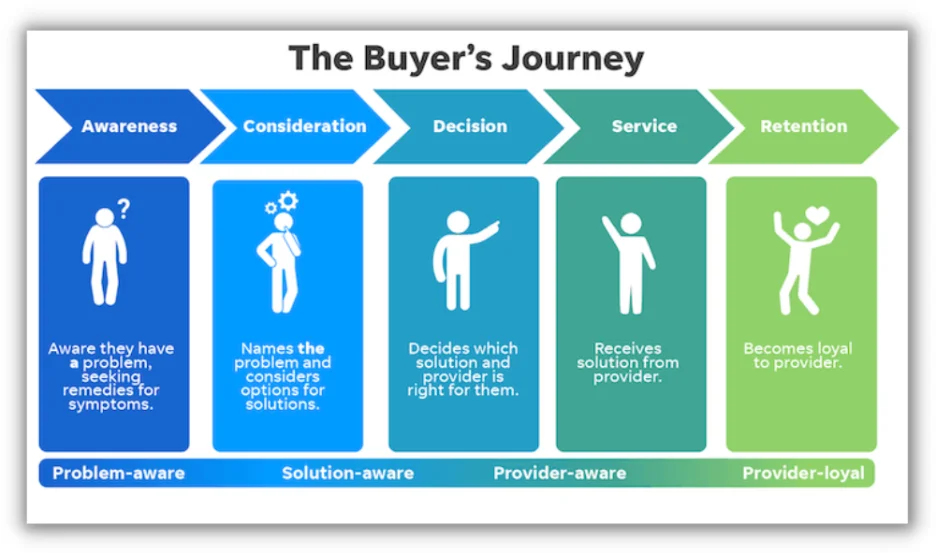
You can use data from your CRM or lead management software to track and tag customers or prospects to better target them through this customer segmentation model.
Here’s how you can use lifecycle stage segmentation:
- Identify how to help potential customers.
- Find new ways to keep customers engaged.
- Improve onboarding for new customers.
- Reduce customer turnover.
Start using customer segmentation models now
Using customer segmentation models is the best method of separating customers by different characteristics. Gathering these insights will lead to new strategies, processes, and policies that will improve your business.
Here are the nine customer segmentations models you need to know:
- Demographic segmentation
- Behavioral segmentation
- Psychographic segmentation
- Value-based segmentation
- Geographic segmentation
- Technographic segmentation
- Needs-based segmentation
- Firmographic segmentation
- Lifecycle stage segmentation
By using these customer segmentation models, you’ll be able to provide your customers with the best you have to offer. As a result, you’ll have more loyal customers and more sales.







